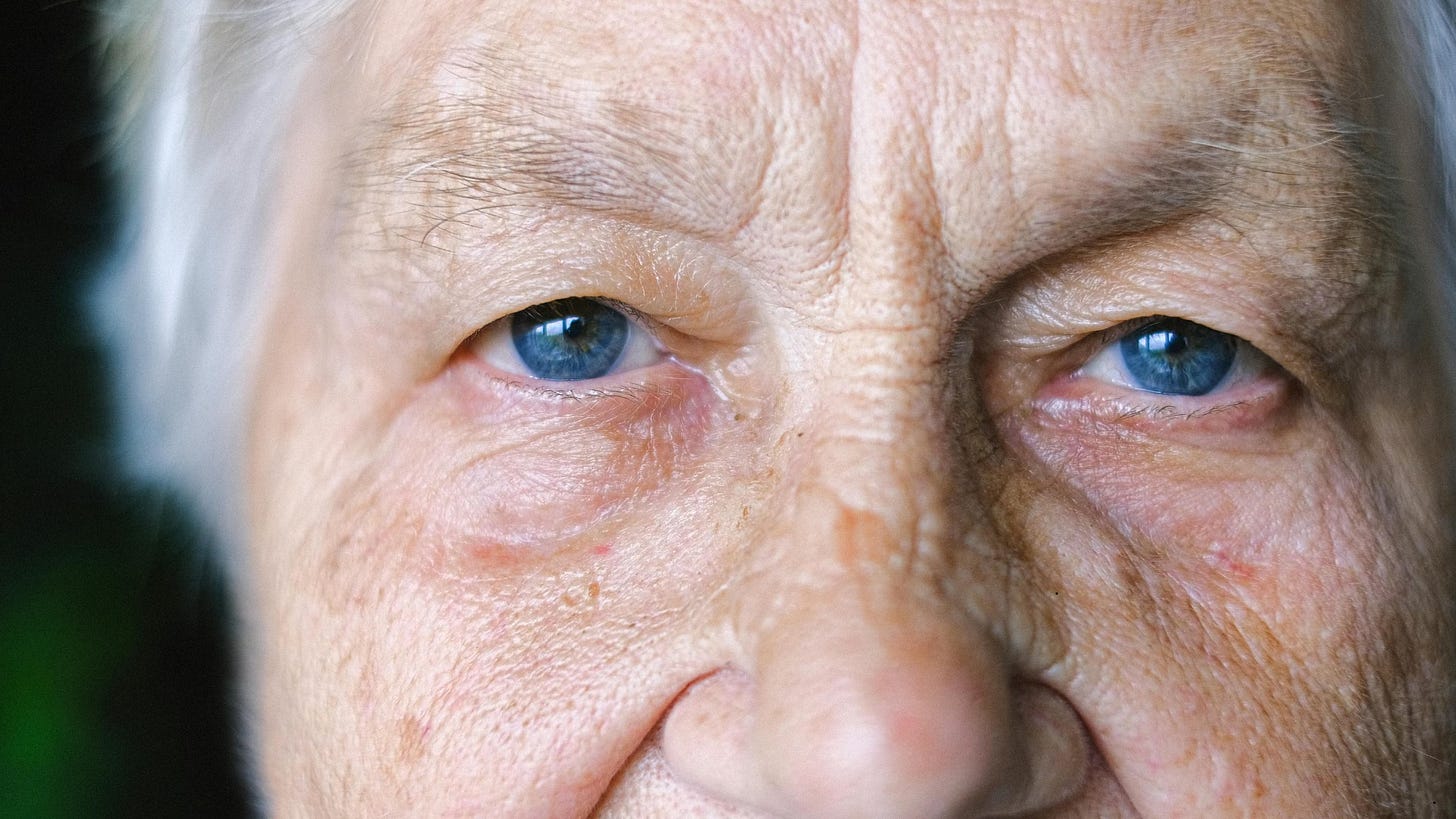I just returned from a month in the Netherlands and England, where I spent time learning from care centers, designers, researchers, and everyday citizens committed to reimagining aging.
What I found was both hopeful and sobering. Hopeful—because I saw how thoughtful design and policy can support connection across generations. Sobering—because even in progressive systems, the emotional impact of ageism still lingers.
People feel erased.
Overlooked.
Talked over.
Not just by institutions, but by the culture at large.
And that cultural bias isn’t neutral. It affects mental health.
The World Health Organization links ageism to increased risk of depression, anxiety, social withdrawal, and even shorter lifespans. Older adults who internalize negative stereotypes are more likely to feel shame—and less likely to seek help.
This isn’t abstract.
It’s lived.
And it shows up in the stories people stop telling, the care they stop requesting, and the spaces they stop entering.
We rarely connect the dots between ageism and mental health—but we need to. Because when someone stops feeling seen, they often stop believing they matter.
The way we treat aging is a mirror of how we value human life across time.
It’s not just a problem for “older people.” It’s a problem for all of us—because every one of us is aging.
If we want to build a mentally healthier world, we have to rethink how we talk about age.
And we need to start now.
Reflections to Consider
For individuals:
– Notice your inner script about age. Would you say it to someone else?
– Replace dismissive language with curiosity. Ask, not assume.
– Practice seeing older adults not as “used to be” but as “still becoming.”
For designers and creators:
– Include older adults in user testing, casting, and feedback loops.
– Prioritize accessibility and dignity, not just function.
– Ask what your design assumes about age—and who it’s leaving out.
For workplaces and institutions:
– Make mental health offerings relevant across life stages.
– Surface and interrupt age bias in hiring, retention, and leadership.
– Build structures for intergenerational learning—not just events.
For caregivers and clinicians:
– Avoid defaulting to “normal aging” when someone expresses distress.
– Ask open-ended questions. Listen without rushing to interpret.
– Consider how age bias may shape your care.
For educators:
– Audit your curriculum to see how it frames aging.
– Invite older guest speakers, stories, and lived experiences into the room.
– Teach aging not as a loss but as a development.
I’d love to hear your thoughts.
Have you seen ageism show up in mental health spaces—or in your own experience?
What stories do you think we need to start telling?
Feel free to reply or leave a comment. Let’s keep the conversation going.




